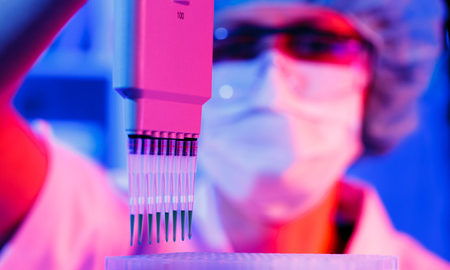What is Parkinson’s Disease and How Can Stem Cells Help?

Parkinson’s disease is a debilitating condition that affects about a million people in the United States each year. You may be familiar with Parkinson’s disease or heard of it due to the diagnosis of Michael J. Fox. Parkinson’s disease currently has no cure, and there are few available treatments to improve symptoms or condition.
What is Parkinson’s Disease?
Parkinson’s disease is a neurodegenerative disease that causes tremors, slow movement, rigidity, balance issues, and difficulty making facial expressions. It occurs when neurons or nerve cells in the brain that control movement die off for unknown reasons. Some people may be genetically predisposed for Parkinson’s disease.
Stem Cell Treatments
Researchers are using stem cells in new ways to try to find treatments for Parkinson’s disease. The stem cells being used are collected from the skin of the patient, and reprogrammed to embryonic state, which is better manipulated. These stem cells can then be used anywhere in the body, coaxing those cells into neurons that were lost to the disease.
This is not a cure for Parkinson’s disease. Rather, it is a way to slow the progress of the disease and minimize symptoms. The stem cells are also being used to replicate the disease so that it can be better understood. The manipulated stem cells are then exposed to experimental medications to determine new treatments for the disease and its symptoms.
If you or a loved one has Parkinson’s disease, contact one of our participating doctors for more information.


